Grid-29
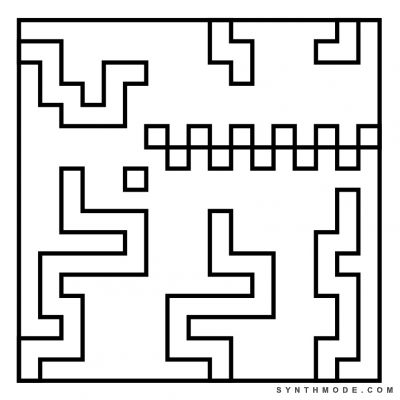
Grid-29 was inspired by genetics--more specifically cloning. While genetics covers a wide spectrum of practices, cloning is one of the more popular and controversial ones. Whether it is for its highly marketable concept and its suitability for Hollywood sci-fi flicks, or its controversial history and media coverage dating back to Dolly the sheep (the first reported mammal to be cloned), cloning was the first thing that came to mind when thinking about genetics.
Grid-29 reassembles a process called nuclear transfer--the same process used to clone Dolly. Grid-29 contains sinuous strips that represent the nucleus of the cell being probed and its unsystematic arrangement suggests an organic nature (unaltered cell contents). These undulating organic strips surround a straight sequence of squares that reassemble the shape of a twisted DNA strand (minus the curvy nature of it). Its overall straight shape and systematic pattern suggest its artificial/synthetic nature and the detaching square at the end of the strand also make it look like a needle or micropipette injecting DNA into the grid.

Introducing Gridz
Gridz are abstract art pieces with the following characteristics:
- Have a minimalist design
- Are drawn using a grid as aguide (usually from 8x8 up to 20x20)
- Use only staringht lines that start and end at grid crossings
- Use repetition and space creatively and thoughtfully
- May implement familiar/thought-provoking shapes and symbols
-
Do not use suggestive titles



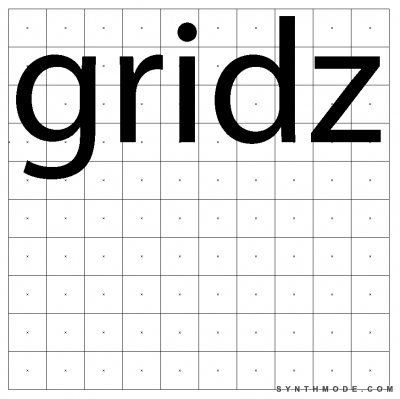
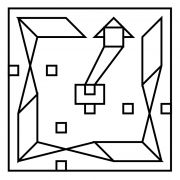

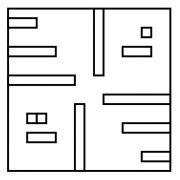



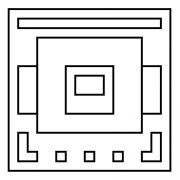


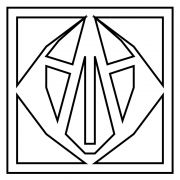


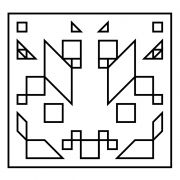





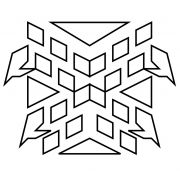
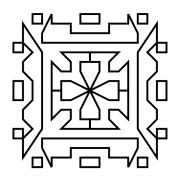
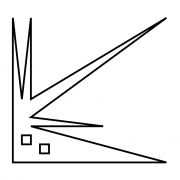

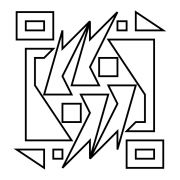
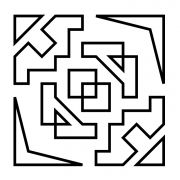
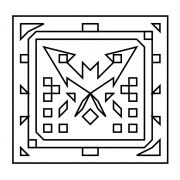



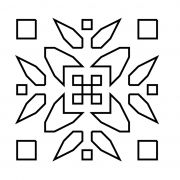

Add new comment